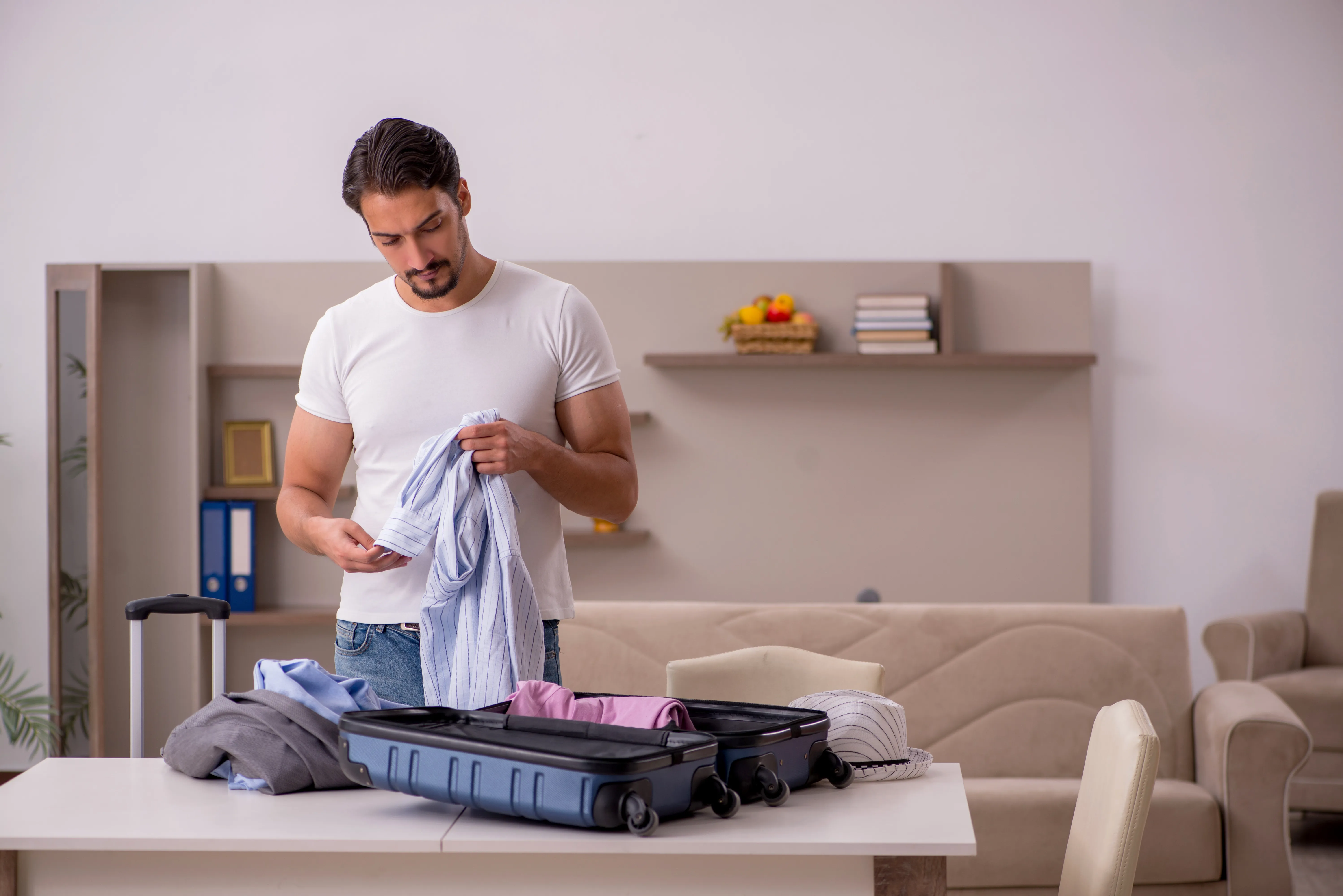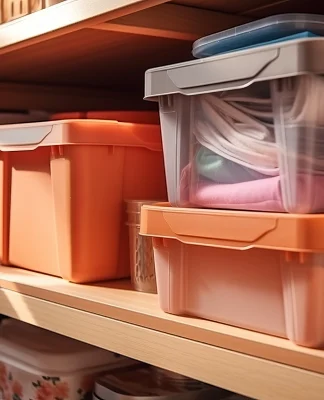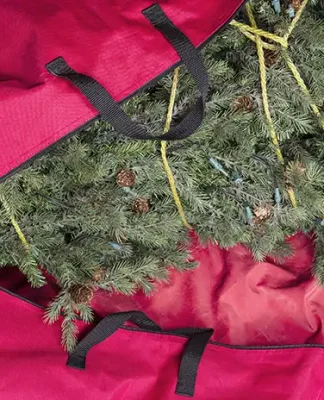There are several major life events that can impact your family. While many of them are positive, others can be difficult to process. When a relative’s health begins declining, they may need to move in with a family member or to an assisted living facility. Relatives may also need to downsize due to financial reasons. However, one of the most difficult life events that individuals deal with is the loss of a family member. Regardless of what you’re facing, eventually you’re going to need to sort through their items and make some decisions. To help you along the way, consider the following guide on sorting through your relative’s items after a life event.
Things to Consider Before Getting Started
Sorting through a relative’s items if they’ve moved or are downsizing may not require an abundance of legal action, but always approach things cautiously to be sure. In the case of a death, it’s important to remember that you need to uphold your relative’s legal wishes according to their will. Usually, the beneficiary or executor of the will is given control of personal property, but if there’s no will you will need to qualify as an heir in order to accomplish this. Probate laws vary by state, so make sure that you know what’s within your legal right when sorting through items. Once that’s settled, you can get started.
Consider Your Support Group
Regardless of why you’re going through your relative’s items, you’re likely going to be faced with some emotions. You may be grieving, reminiscing, or anxious about what’s coming next. Always try to remember who’s in your support group and reach out to them when you need to. This may be to talk about the process or to ask for help. Regardless, give yourself time to grieve and try not to do everything alone.
Involve Your Family
Your entire family should be involved in decision making and downsizing when it comes to a relative. This could mean you include family members when deciding where to move aging parents, or it could mean involving siblings, cousins, or other relatives when sorting through items after a loved one’s passing. This is an important step, especially if your family is legally mentioned and included in a will. Reach out before you get started going through any items.
Create a Plan
Next, take the time to create a plan about how you’re going to go through items, what you’ll need to do, and who to contact about legalities. There are certain things that should probably be taken care of before you start sorting through different items, so take your time and don’t feel like you need to do everything immediately and all at once. Locate any important documents first, then move at your own pace. Unless you have a deadline to move out of a place, you shouldn’t be rushing through this process. Wait until you’re mentally prepared to begin and it’ll be easier to make clear decisions.
What to do With Your Relative’s Items
For the sake of this article, we’ll be discussing how to sort through physical items within your relative’s personal property. The information will not include stocks, cash, land, buildings, or an individual’s financial worth. With that being said, there are a few different options for sorting through your relative’s items after a major life event. They can be divided into five main categories, as discussed below.
Keep
The first category is going to be items you want to keep in your home or items that your other relatives will want to keep. If you find useful items that you could use in your home, put them in a box to take with you. Your loved ones will be happy that you’re getting use out of their things. Even if you’re the responsible party when going through your relative’s items, it’s important to include your family members. They may want to keep something you’d otherwise sell, donate, or throw away.
Sell
There are likely plenty of opportunities for you to make money off the clutter found in your relative’s belongings, so it’s worth looking into. Depending on the age of the items, you may want to hire a professional appraiser or take them to a pawn shop. You can also list them on online marketplaces, hold a garage sale, or take them to a store that buys second-hand items.
Donate
Selling certain items is tedious, especially in regard to clothing, costume jewelry, or similar items. The energy it takes to list all of these things usually isn’t worth the money you’d get, so instead of throwing them away, bring them to your local donation center. Similarly, if you don’t want to go through the effort of putting items for sale online or holding a garage sale, take things to a donation center. There are plenty of people who will benefit off your donation, which can help alleviate feeling guilty for putting items up for sale.
Throw Away
Unfortunately, a lot of the items that you find will likely need to be thrown away. This category may include things like hygiene products, used cosmetics, expired food, or things that are visibly damaged. Try to do this yourself so the donation center doesn’t need to take the time to sort and dispose of too many items.
Store
When you come across items that you know you want to keep in your family, but don’t necessarily have the space for, you can put them in a self-storage unit. Self-storage units allow you to keep family heirlooms, antiques, or sentimental items accessible without taking up precious space within your home. You can access them whenever you need or save them for younger relatives.
There will also likely be things that you don’t know what to do with. You can create another box to return to these items later, so you don’t get stuck during the process. If you still can’t figure out what to do with them, put them in storage and return to them in a few months.
Preparing Items for Self-Storage
After getting rid of items that you don’t want and finding a place for the things you want to keep in your home, it’s time to prepare the remaining belongings for self-storage.
Clean and Dry
Go through the box of everything you want to keep in a self-storage unit and thoroughly clean each item. Do additional research on how to properly clean different materials, especially if you’re going to be storing antiques or expensive items. After cleaning, allow enough time for things to thoroughly dry before taking the next step.
Protect
Once everything is dry, wrap items in protective coverings or packing paper. This will reduce the risk of damage during transport and storage. Again, how you protect your items depends on their materials, so take the time to understand what needs to be done to avoid causing unintentional damage or deterioration. There are plenty of resources available on how to store antiques, how to store electronics, packing away collections, and storing nostalgic items that may be more fragile than others.
Organize
After taking the necessary precautions to protect items, work on packing them into boxes accordingly. When doing this, keep a detailed inventory of everything inside each box to make later retrieval easier. This also helps to improve accessibility for other relatives. Next, plan the layout of your self-storage unit to optimize efficiency and make it easier to remove items as needed. Always opt for climate-controlled self-storage to maximize protection and keep your relative’s items in good condition for as long as possible.
Going through your relative’s items after a major life event can be an emotional process. Take your time and give yourself a break as needed. For items you want to keep out of your home, opt for a climate-controlled self-storage unit from The Lock Up Self Storage. We offer a variety of self-storage units in varying sizes to help keep your relative’s belongings safe, accessible, and in good condition. With flexible leasing options, you can use our self-storage for as long as you need, regardless of if it’s short-term or long-term. Our facilities are protected with top-of-the-line security features like perimeter alarms, gated access codes, and 24/7 CCTV. To learn more about our self-storage units at The Lock Up, give us a call today at 1-866-327-LOCK or stop by one of our locations for a tour of the facility.
 With the holidays fast approaching, we at The Lock Up recognize that life can get crazy hectic. So, aside from offering a great deal for new leases on 5’x5’ self storage spaces to get you through the holiday haze, we’ve put together a few life hacks to help save a bit of money, time, and hopefully, sanity. Check out these holiday life hacks:
With the holidays fast approaching, we at The Lock Up recognize that life can get crazy hectic. So, aside from offering a great deal for new leases on 5’x5’ self storage spaces to get you through the holiday haze, we’ve put together a few life hacks to help save a bit of money, time, and hopefully, sanity. Check out these holiday life hacks:
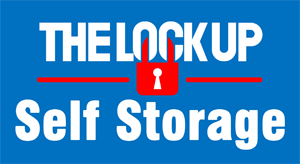


 We are proud to announce the new, beautiful, state-of-the-art Lock Up Self Storage facility located in
We are proud to announce the new, beautiful, state-of-the-art Lock Up Self Storage facility located in 


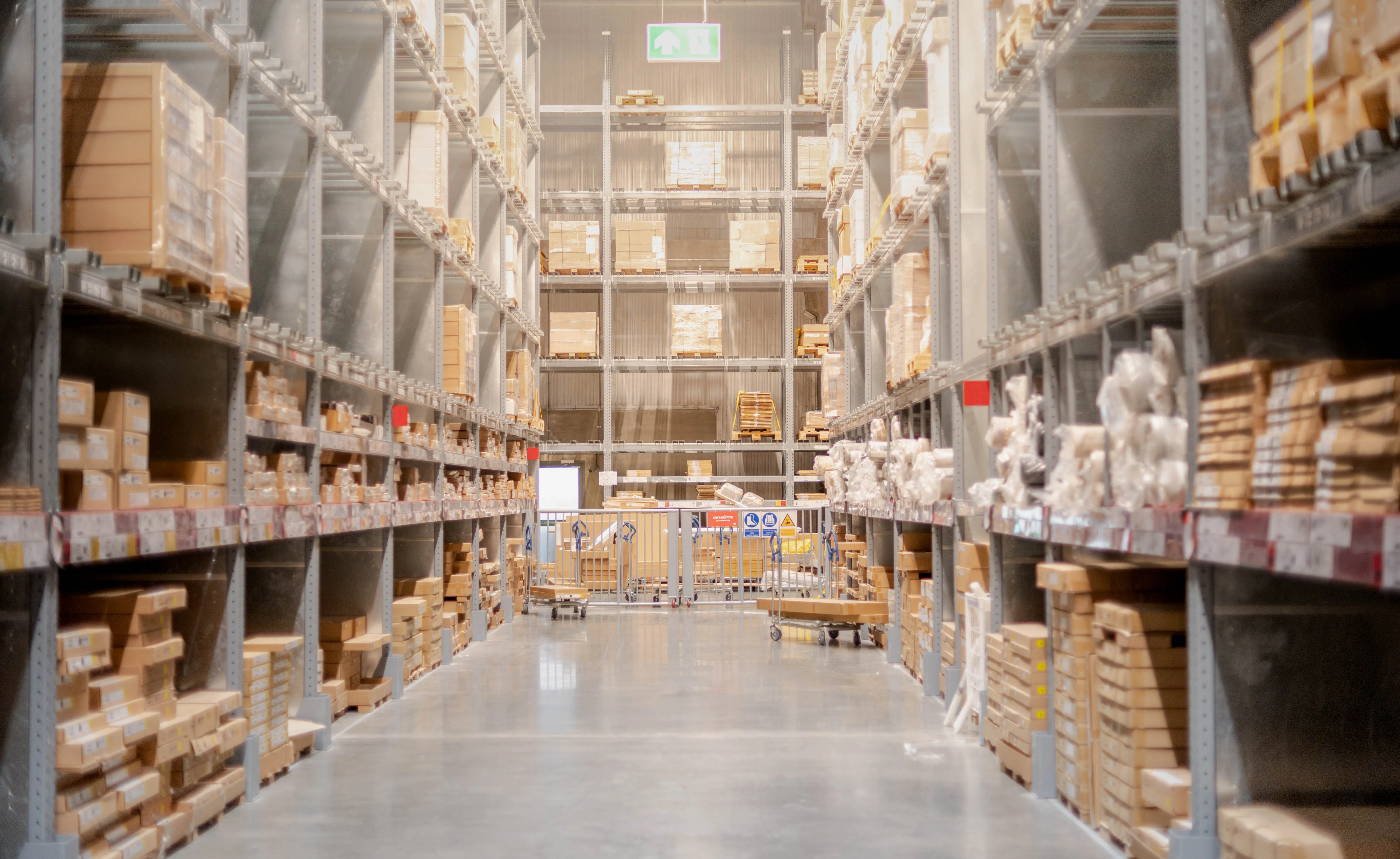
 Our family keeps growing and we couldn’t be happier to provide top notch self storage to Illinois!
Our family keeps growing and we couldn’t be happier to provide top notch self storage to Illinois!




